Ten Thousand Islands Report and Photo Essay
Thank you for reading this Ten Thousand Islands Report. I spent time in south Florida gathering information for this report. You can thank me later!
Subscribers without photos- go to https://www.spottedtail.com/blog/, please.
I’m sure someone with waders wants to know what happened with my FlexSeal experiment. First off, FlexSeal ought to be illegal. The stuff that comes out of that can is NASTY! On the other hand, what comes out of my car’s exhaust pipe is nasty, too. But, I digress. I sprayed down a beater, leaky pair of Simms waders with FlexSeal and let them dry. Then I wore them every day in the Ten Thousand Islands. They behaved differently (FlexSeal isn’t all that flexible), and I don’t think they’re breathable any more, but they kept me drier than they did when they were leaky. Score one for being cheap. Hopefully they’ll last the winter.
On November 30, I drove to Monument Lake campground, where I rendezvoused with Mike Conneen. The next morning, we launched our kayaks at Port of the Islands and paddled seven miles out to the Gulf, some of it against the tide, into the Ten Thousnd Islands National Wildlife Refuge. We camped at White Horse Key. Wading that evening, I got two nice snook using spin tackle and a DOA Shrimp.
In the morning, the tide was out- way out. Even with kayaks, we weren’t going anywhere.
When the tide started coming in, I went wading, and got another snook with a 3-inch plastic shad. Mike made his getaway when the water got up enough, but I kept wading, this time with a fly rod. I watched a dark shape that looked like a small permit chase down and eat my fly. It turned out to be a sheepshead, the only one I’ve ever caught with a fly.
The wind got to be too much (the reason I wasn’t kayaking in the first place), so I switched to spin, and got another snook on a DOA Shrimp. Hooray for the Shrimp!
The next morning we were stuck again by the low tide. We packed up, and when the water came in enough, we moved to Panther Key. At the point of the island, two ladyfish and two reds fell for a Rattle Rouser cast blindly, and a trout took a Culprit 4″ Mullet.
Morning came. The tide was low. We used driftwood as skids and got the boats in the water. Mike sightcast to a pair of snook and landed a beauty, the fish of the trip. He was also using the 4″ Culprit Mullet.
Our last day there had the best weather and the worst fishing. Mike got a nice red, using a Vudu Shrimp. I got a lizardfish on a 3″ Shad. I went most of the day without a bite until finding a trout slick, where four slot fish were caught in 20 minutes on the 3″ Shad. In the meantime, Mike found his own trout hole, where it was “…a fish on every cast…” according to his report.
Friday morning we packed up and fought the tide the entire way back to Port of the Islands, arriving there fairly spent. Mike left for home the next day. I went to the Swamp Heritage Festival, then headed to Long Pine Key in Everglades National Park, where I spent two nights.
Sunday found me in a favorite paddling spot near Flamingo. My first fish was a snook on the 3″ Shad, and it was a nice one! Then a long dry spell happened, broken only by a single snooklet.
After getting on a lee shore, I saw a fish blow up on some mosquitofish. Paddling over, I spotted the fish and dropped a Krebs Popper nearby. The fish blew up on it and finally I had a snook on fly for the trip.
Then the heavens opened up, piscatorially speaking. On the way back to the pull-out, snook after snook hit the 3″ Shad. Most were small, but there were a couple decent ones. Finally, something ate it that meant business.
I was in a narrow place, trying to play the fish, keep the boat out of the mangroves, and get pictures, all at the same time. The fish must have sensed my lack of concentration, since it dove under the boat with conviction. It was as close as I’ve ever come to capsizing the kayak, and it was really close. The fish, a tarpon not all that big, was caught, photographed, and released, the final fish of a pretty amazing trip.
That evening found me at a marsh near the Anhinga Trail, trying to get sunset pictures. I heard fish popping and decided to try fishing there in the morning, which was done. It was a lovely paddle through the marsh, but there were no fish- it was quite shallow. Never figured out what that popping noise was. After a couple hours, I returned to the car and loaded things up for the drive home.
When I pulled off the buff, something stung my forehead. My hat had a trout fly in it from the trip to Montana. The fly had stung me. Now the hat was pinned to my head by the fly- caramba! There was no one around. Figure this one out, John.
Examination in the car mirror showed the hook (size 14) had gone in and come out again. I was truly hooked. The hat and the fly needed to be separated, so with pliers in one hand holding the hook shank, and a pocketknife in the other, I sawed a small hole in the hat and was able to pull it off the fly. Then the barb of the hook was crushed, although it maybe was crushed in the first place, it was impossible to tell. With the hat out of the way, the hook was easily removed. After returning to the campsite and showering, I drove home.
Upon arrival I found a text on my phone from Karen Smith. Rodney was in the hospital, in the ICU. I called her Wednesday morning. She was crying- he wasn’t doing well. She sent me a text that evening, that he’d “passed peacefully, surrounded by family.” I’ll be writing a eulogy, soon. It made me very sad. Rest in peace, my friend.
That’s the Ten Thousand Islands Report. As always, thanks for reading!
Every day is a blessing. Don’t waste it- Go fishing! Go paddling! Go camping! Stay active!
John Kumiski
www.johnkumiski.com
www.spottedtail.com
www.spottedtail.com/blog
All content in this blog, including writing and photos, © John Kumiski 2024. All rights are reserved.
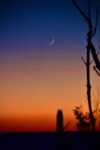
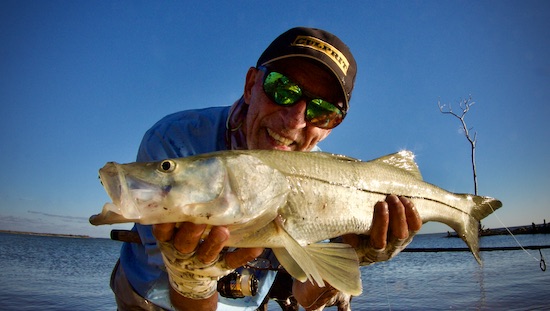
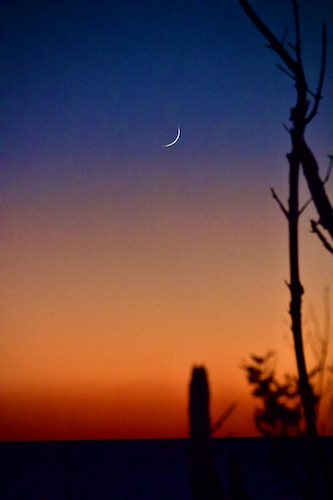
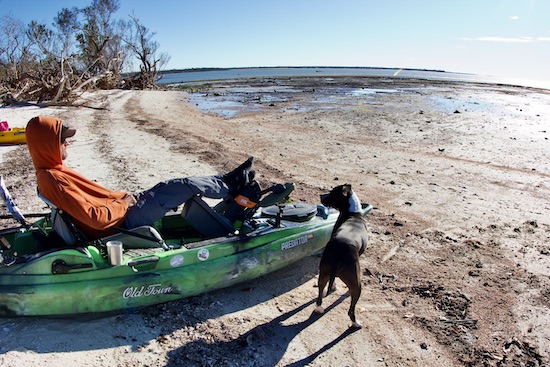
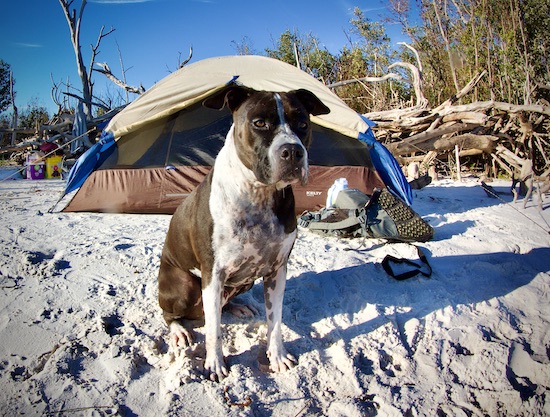

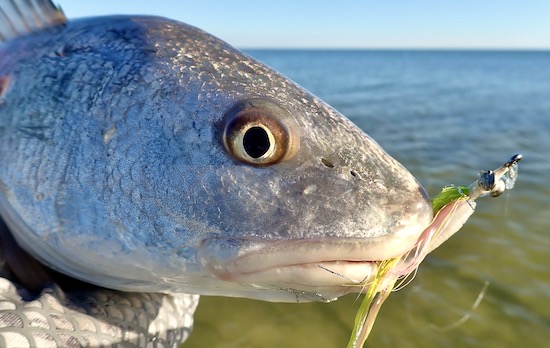
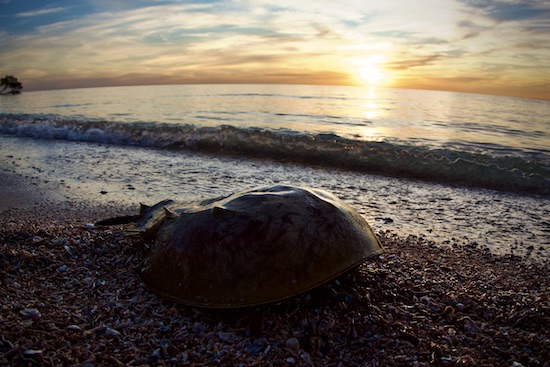
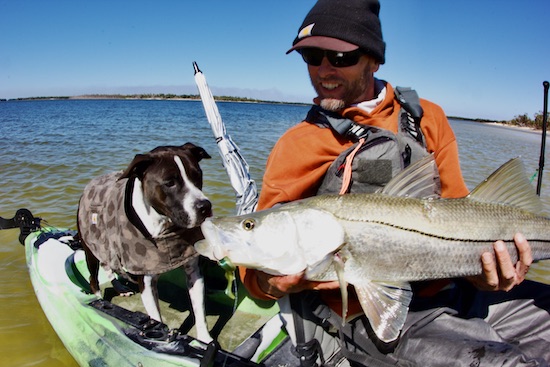
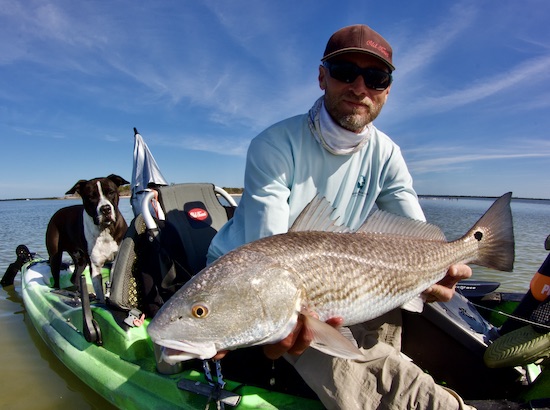
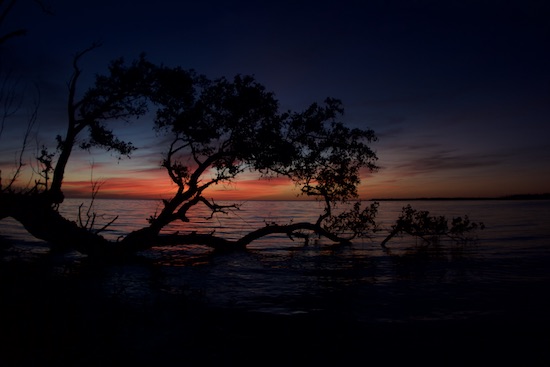
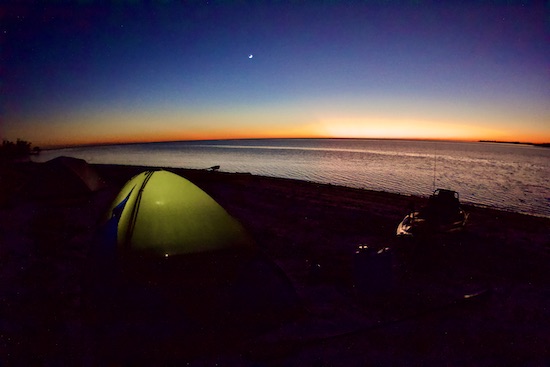
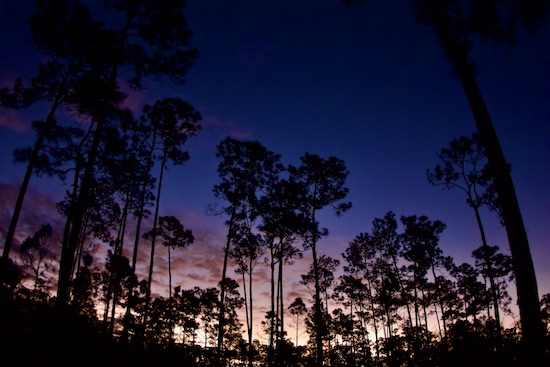
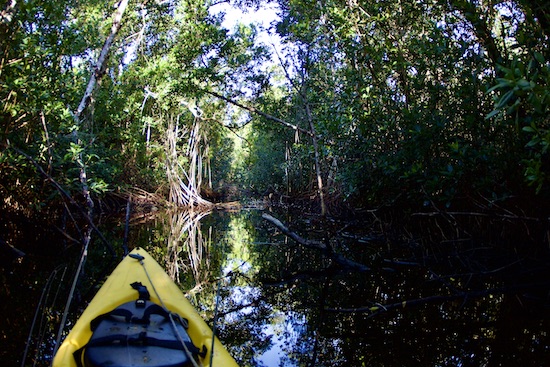

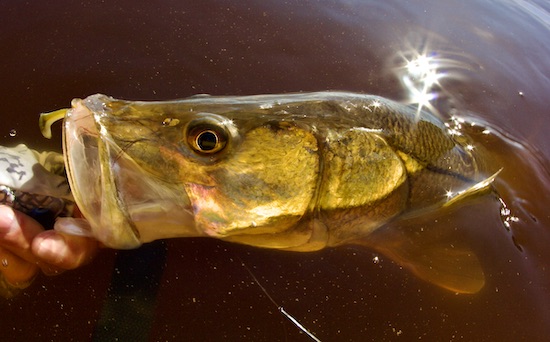
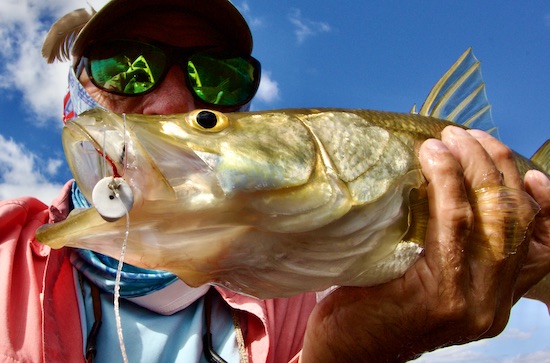
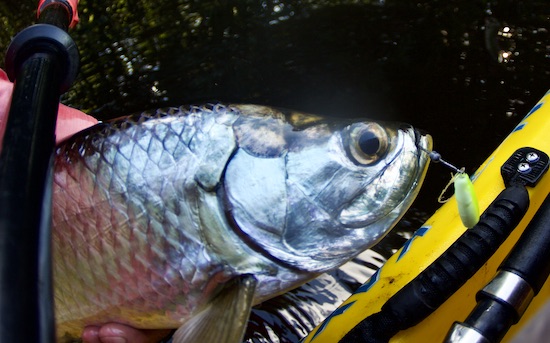
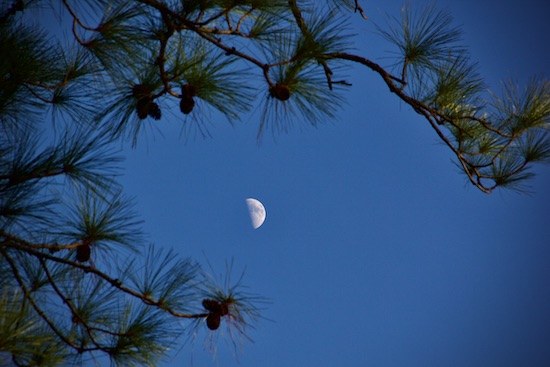
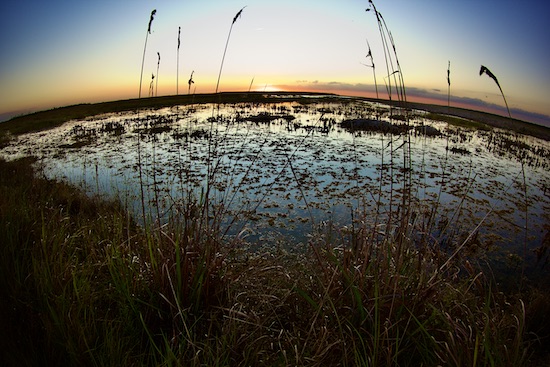
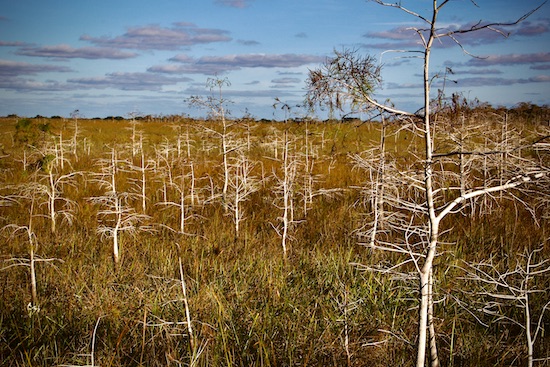

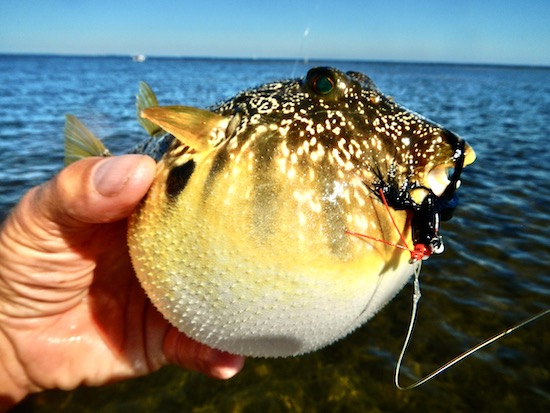
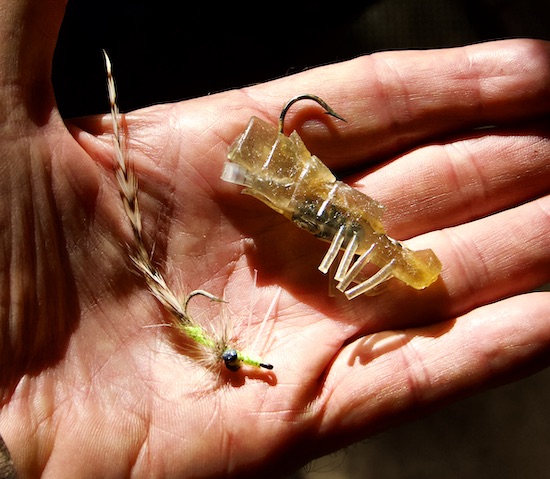
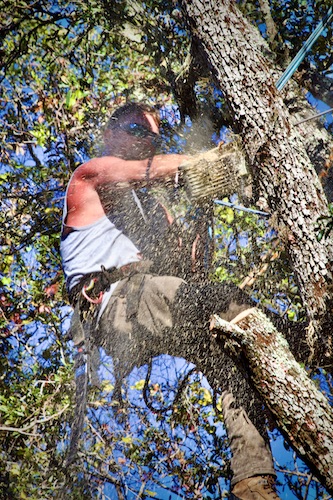
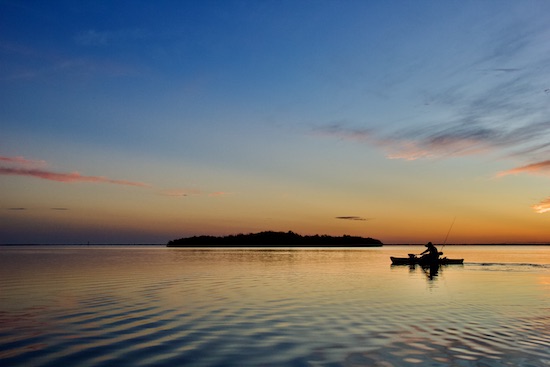
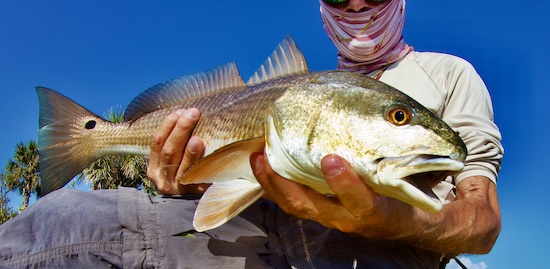
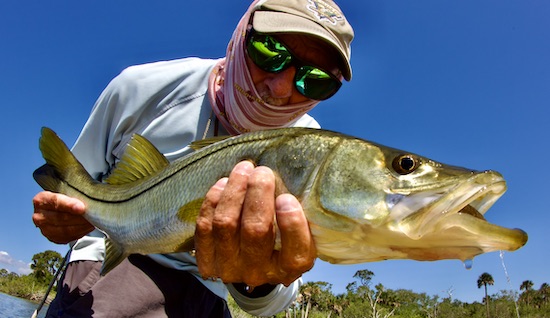
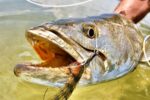
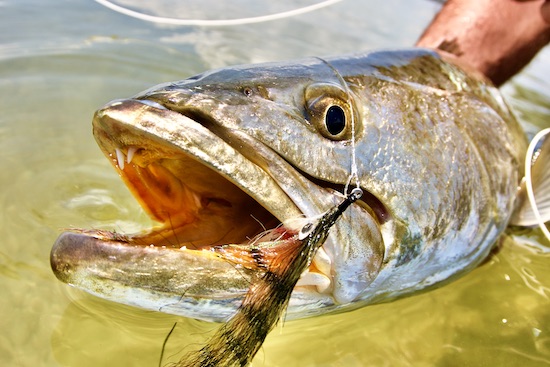
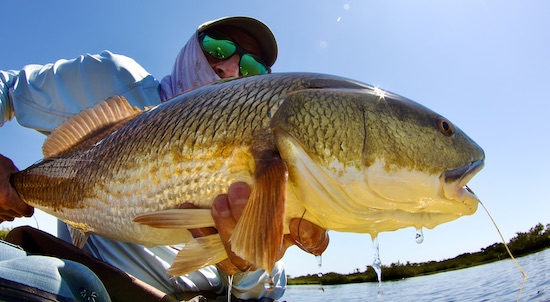
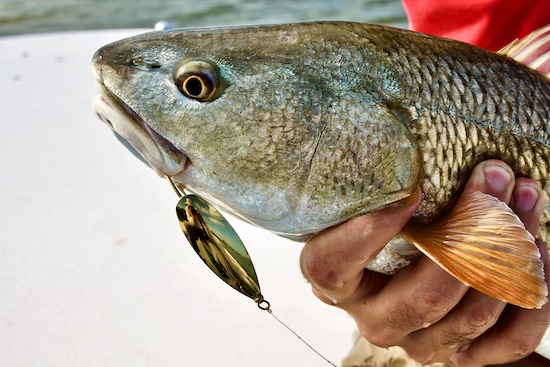
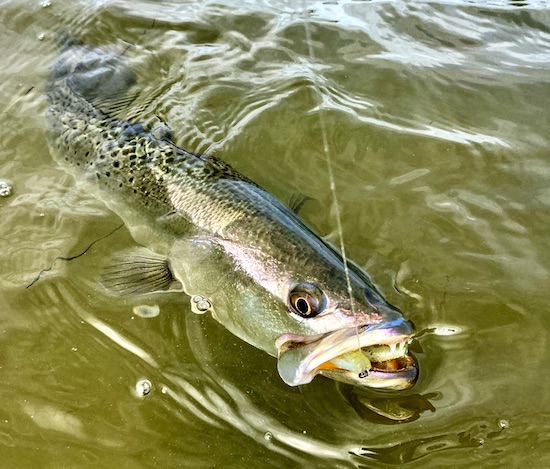
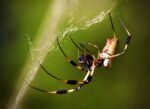
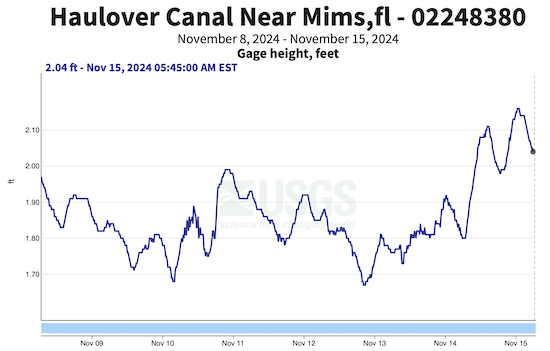
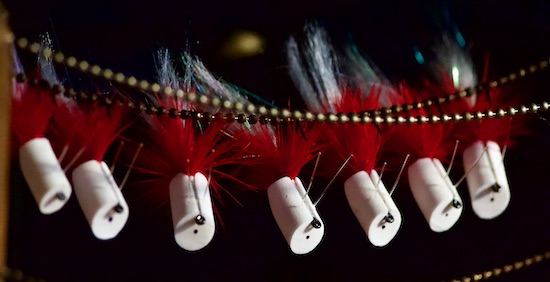
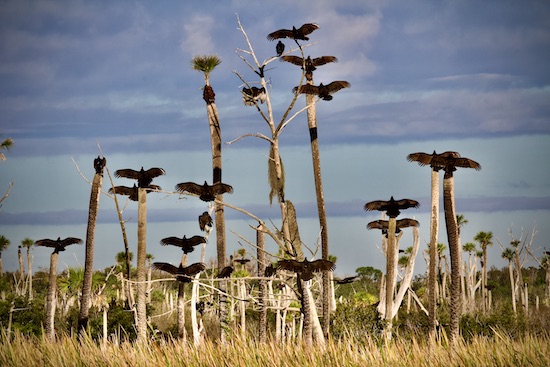
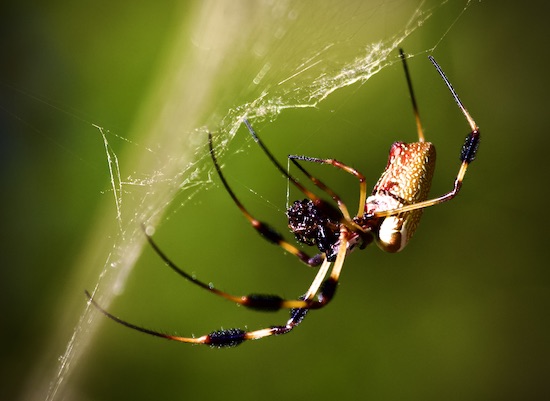
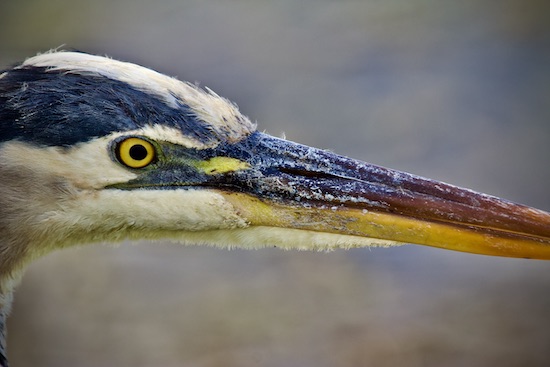
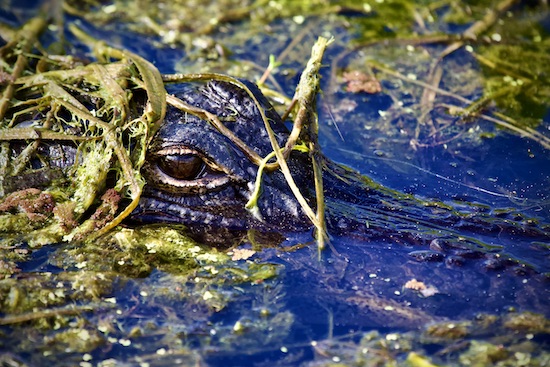
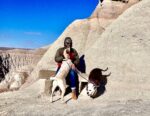
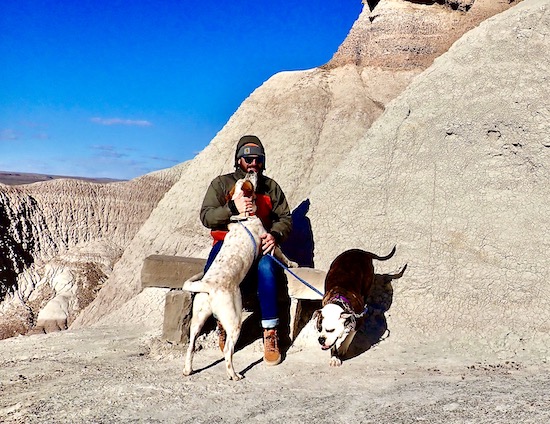
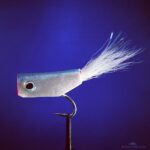
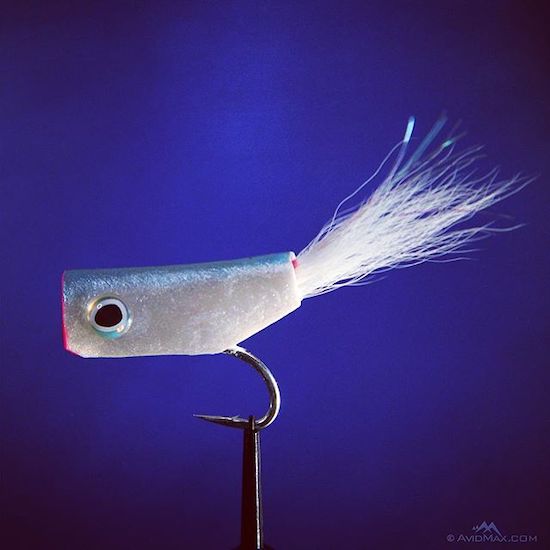
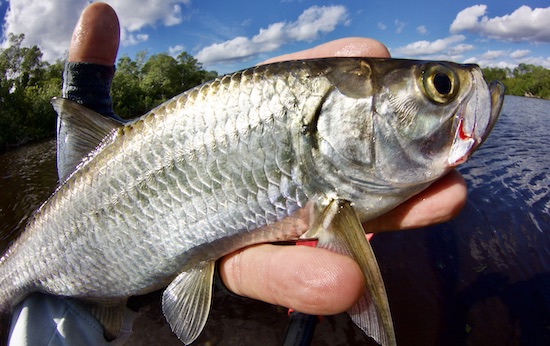
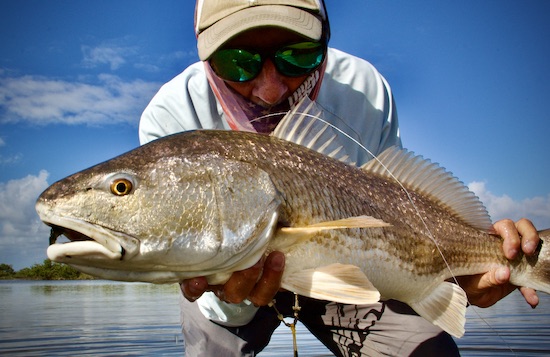


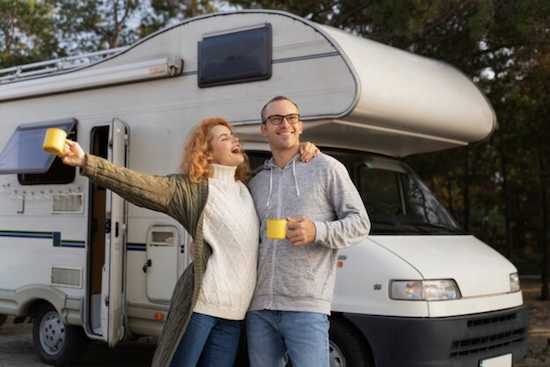

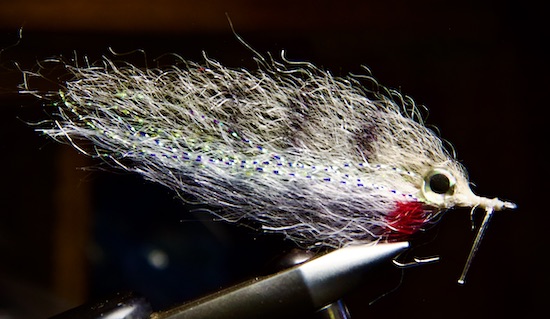
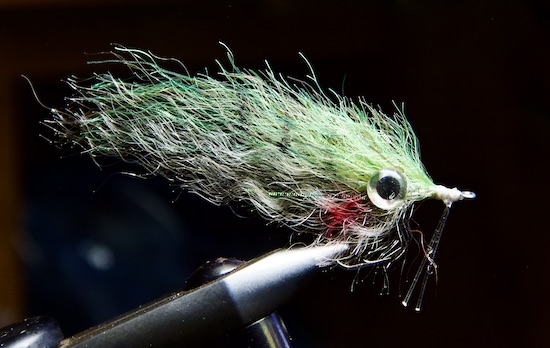

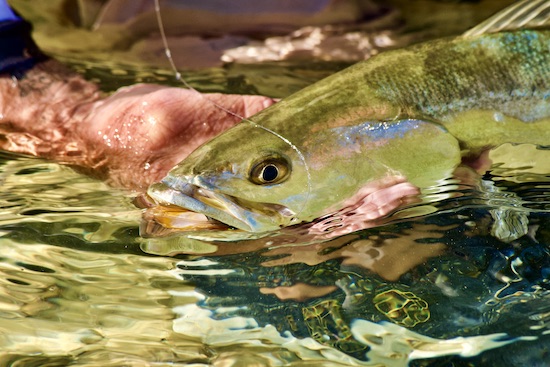

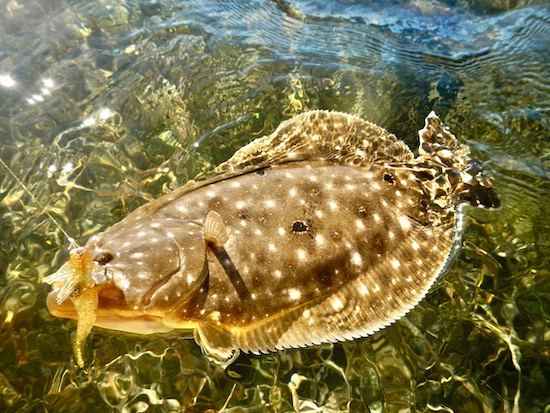
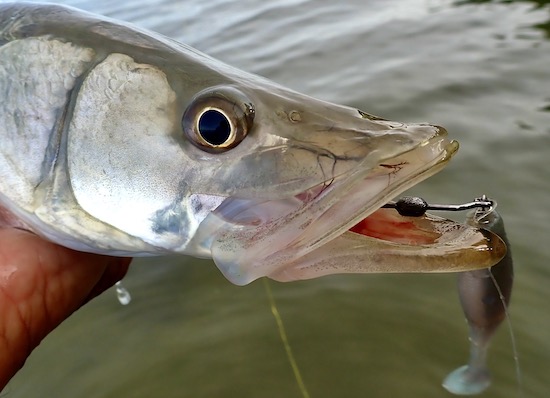
Recent Comments